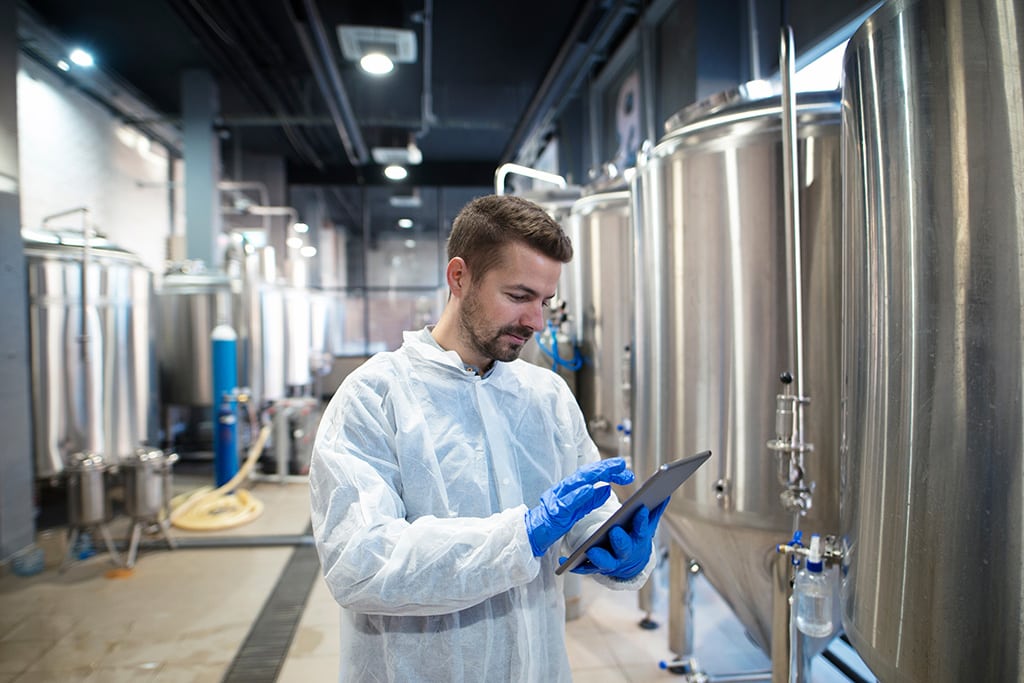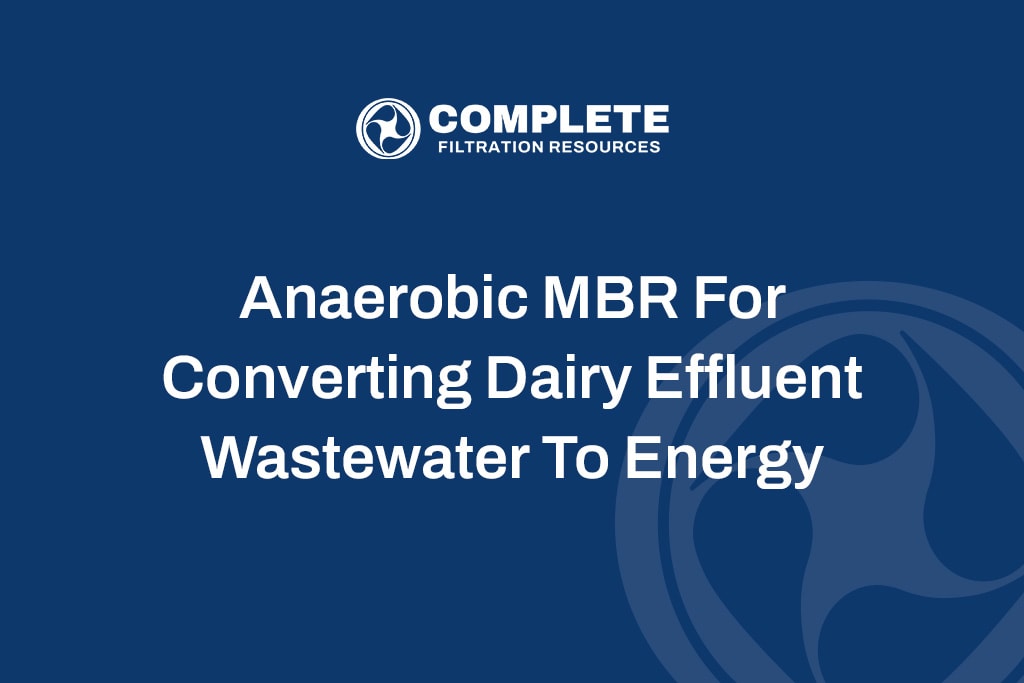What is the Right Level of Automation?
Can there be too much or too little automation? Is there a sweet spot? If a plant has too much automation, it can lead to the plant personnel not being engaged in the process or understanding the operation. It could also lead to other issues like a ton of data that you can’t sort out or decipher. If the data is being stored but isn’t being used for anything, then is it valuable? Too little automation can lead to issues with the plant being dependent on the operators and not providing them enough tools to be efficient and successful at controlling their plant. Having a completely integrated plant can improve production losses, plant/product safety, reduced energy usage, and improve product yields but comes at a cost.
An article I read about automation in the industry mentioned that “Automation will not replace people, but will require new skills from them.” Most companies are finding ways to improve productivity and efficiencies in their process, throughout the plant, with the use of factory automation. Plants understand that they must continually evolve to meet their customer requirements/demands. This could mean upgrading existing equipment or buying new equipment. Automation hardware, software, and sensors are constantly being developed and innovated to assist with operation of plants. With these technologies, plants are capable of producing more product throughout their plants. The use of manual intervention is beginning to phase out and automated systems are becoming a standard in the industry.
There are multiple software packages that can assist with right level of automation for each plant and customer requirements. There are many other benefits of automation like predictive maintenance, reporting tools and troubleshooting. Digital transformation is also being implemented into automation platforms, using augmented reality for operations and maintenance. Automation technology is changing daily and finding what best fits your plant is the key.
Where to Start
The level of automation in a plant is always determined by collaborating with the customer and/or system integrators at the plant. Every customer has their own expectations with how much automation is required in their plant. There are many different automation areas to determine in a project. These areas are defined early on in a project and are carried out from engineering to final commissioning of a plant/system. Some of the areas are instrumentation, panel hardware, software selection, programming, communication protocols, installation, and startup support. Knowing the level of automation in an existing plant is crucial when adding or modifying equipment.
Project Impacts
In the industry today, there are a few points that have a bigger impact on the direction of a project. Let’s start with the automation standards and existing plant automation platforms. Most existing plants have an automation platform that is already implemented and set of standards that need to be followed when adding or modifying equipment. In this case, a customer would provide a specification which would include a set of PLC/HMI programming standards to follow. This helps the plant be efficient when troubleshooting or modifying code and allows the HMI screens to look the same for all systems within the plant. At times, we do have some customers that look for assistance with providing a fully automated system without any plant standards. In this case, we’d provide our standard automation package. Our standard package, on the hardware side, consists of a processor, stand-alone HMI, remote I/O modules, and EtherNet/IP components. On the programming side, we utilize a pin chart that ties into the processor for operation of the system/plant. This allows us to be more efficient when adapting to process changes, as it’s easier to modify. We also have our own add-on instructions for each type of component and they tie directly into the standard screen graphics.
The biggest strain in the industry today are component shortages. The production of components is being hit by sub-component shortages, which is not only affecting the cost but extending the lead times. Unfortunately, we do not believe that we will see any relief until late next year. At Complete Filtration Resources, we’re constantly exploring opportunities, with our vendors, to counteract these short falls in the industry. The relationship we have with our vendors is equally as important as the relationship we have with our customers. Taking the time to continuously discuss with our vendors and find the root cause of why something is being delayed or what our alternatives are, allow us to continue operating without major delay to the end users project.
Cyber security concerns are at an all-time high, causing heightened caution allowing 3rd party integrators or OEM’s access to their facility via a VPN connection. VPN connections are secure if setup correctly. In most cases, a facility already has a VPN connection setup, and we collaborate with their plant IT to receive the login credentials. If the plant doesn’t have a VPN installed at their facility, we would recommend using an EWON unit. After installing multiple units all over the world, we believe that it has allowed us to provide a different caliber of service and support. We want our customers to feel confident in the support we can provide, whether or not we can be physically onsite with them. The long-term cost effectiveness is an additional benefit, as well as, avoiding incurred travel costs, and the scheduling conflicts that can be involved with getting a programmer onsite.
The operation of a system or plant can have many influences. Whether we’re building a full-scale system based on a trial or the customer has some influence on the operation to achieve the final product. Each of these can impact a project and getting these details solidified is key to success. Every system or plant that is engineered at Complete Filtration Resources has a Programming Functional Description. This document is a roadmap for the programmers, as it contains all the operation details. The goal is to make sure all expectations are met, and everyone has a complete understanding of the system operation, while being able to maintain it in the future.
How We Can Help?
There are many factors to determining the right level of automation. Each plant will vary. Working through the automation details in the early stages of engineering will ensure a mutual agreement on the level of automation. Doing so also allows us the capabilities to meet the expectations of the project. Collaboration and communication are the key to making any project successful. If you work closely with Complete Filtration Resources, from the initial design stages through commissioning, we can develop the perfect level of automation that will meet your operational needs and budget.


